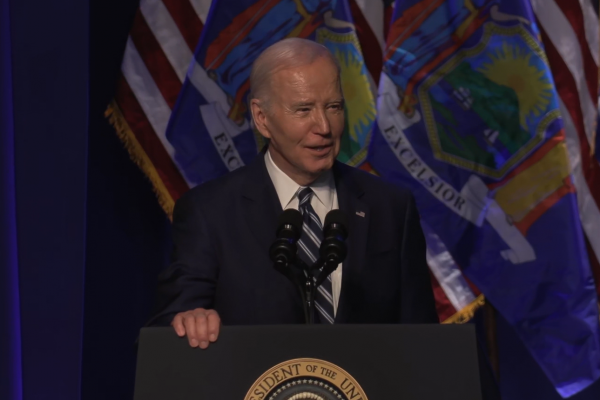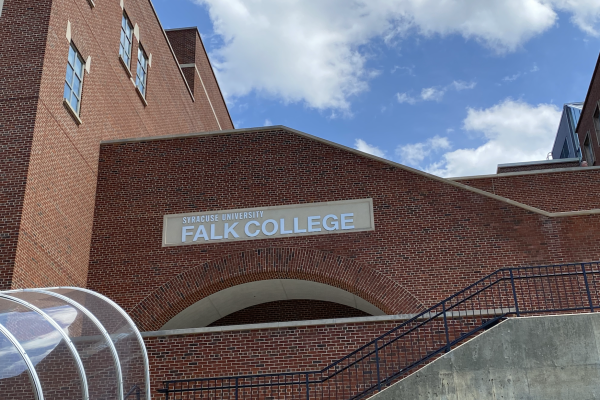
SYRACUSE, N.Y. (NCC News) — Syracuse University has released its latest re-opening plans. The update detailed how the university will handle positive COVID-19 cases and the school’s plan if the virus becomes too widespread.
Syracuse is implementing a plan with five levels of shutdown procedures. According to the university’s plan found here, if fewer than 10 students test positive for COVID-19, the University will enter level one. Campus operations will continue on as normal while the students who tested positive will quarantine. Those who were in close contact will also have to quarantine.
If there are 100 students who have tested positive, the university will enter the fourth level of shutdown. At this point, classes will be online and students will be forced to shelter-in-place until the situation has been under control.
Syracuse graduate student Dana Vallely expressed her doubts about the university’s ability to contain the virus once there are 100 confirmed cases.
“I kind of wonder how they’re going to be able to quantify, like when it hits 100 — figuring out case zero and then going from there,” she said. “I just think, once it hits 100, it’s going to be much more widespread than they know.”
The university will enter the fifth phase of the plan found here if the university believes that the virus is too widespread to contain. Syracuse would shut down all campus operations and on-campus housing. Depending on how far students live from campus, they will have 24 to 72 hours to leave their on-campus housing.
Syracuse graduate student Aliah Bowllan said she had doubts about the final level of the shutdown.
“I think that it’s unfair to ask kids that are here on scholarship, making things work, that don’t have the money to do it, to ask them in 48 hours to pick up all their stuff, somehow get a flight, and figure it out,” she said. “I just don’t think that reasonable.”
Vallely, who was a senior last year at Syracuse, talked about her experience back in March departing campus on such short notice.
“I just remember back in March when everything was happening and figuring out travel arrangements,” she said. “At the time, airlines were not offering any deals so I lost a good amount of money. So I only hope that they help the students out and work out some travel deal because that was a big pain. Then having to move all you stuff in that short time span is not manageable.”
Bowllan and Vallely both expressed optimism about the rest of the re-opening plan. They said they felt relatively safe in regards to the return to campus protocols. They said as long as students behave responsibly outside of the classroom setting, the plan should work. If the plan doesn’t work and students are forced to leave campus, they believe the university should be responsible and help out.
“It’s Syracuse’s choice if they open up the school,” Bowllan said. “If they choose to do that, they have to be prepared that this is going to happen. If it does happen, I don’t think it is fair to make students take on the burden of moving on such short notice.”




